Global Energy Metals expands Nevada footprint
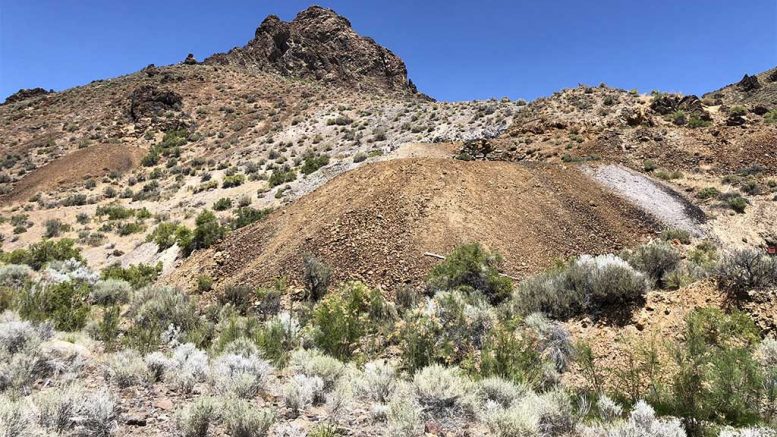
Global Energy Metals (TSXV: GEMC; US-OTC: GBLEF) struck an option agreement in January with Nevada Sunrise Gold (TSXV: NEV) to acquire 85% of the historic Lovelock cobalt mine and nearby Treasure Box properties — both of which contain battery minerals, including cobalt, nickel and copper — and are only a 90-minute drive from the Tesla-Panasonic Gigafactory 1, a lithium-ion battery and electric vehicle (EV) factory near Reno.
Since then, Global Energy has staked 18 claims, 11 of which adjoin the 70 pre-existing Lovelock cobalt mine project claims in Churchill County, and some of which are contiguous to both the Lovelock cobalt mine project and the historic nickel mine in Cottonwood Canyon.
“The Lovelock and Treasure Box projects are prime examples of U.S.-based battery metal projects that are very prospective and strategically located near a domestic end-user, with a large appetite for the critical materials used in EV and energy-storage technology,” Mitchell Smith, the company’s CEO, tells The Northern Miner.
“We see growth in demand for cobalt — especially from the EV sector — and it’s driving companies like us to find secure and ethically sourced supplies for the U.S. domestic market,” Smith continues. “Having most of the world’s supply coming from the Congo subject to political risk and unregulated supply chains, it’s becoming more and more apparent there need to be alternative supplies for cobalt, and, if we can do this on North American soil, it’s that much better for some of the end-users like Apple or Tesla, who have said they treat cobalt as a conflict mineral, and they want to have a secure supply of that material.”
Global Energy Metals recently began fieldwork to find high-grade, mineralized zones of cobalt, nickel and copper in historic underground workings at Lovelock, which hasn’t been in production since the 1880s, and has never been drilled.
“There’s a lot of historic work with exceptional grades — 14% cobalt and 12% nickel — but it has really not been touched for 100 years, so for us to be the first people on the ground there is exciting,” Smith says, noting that the company plans to undertake
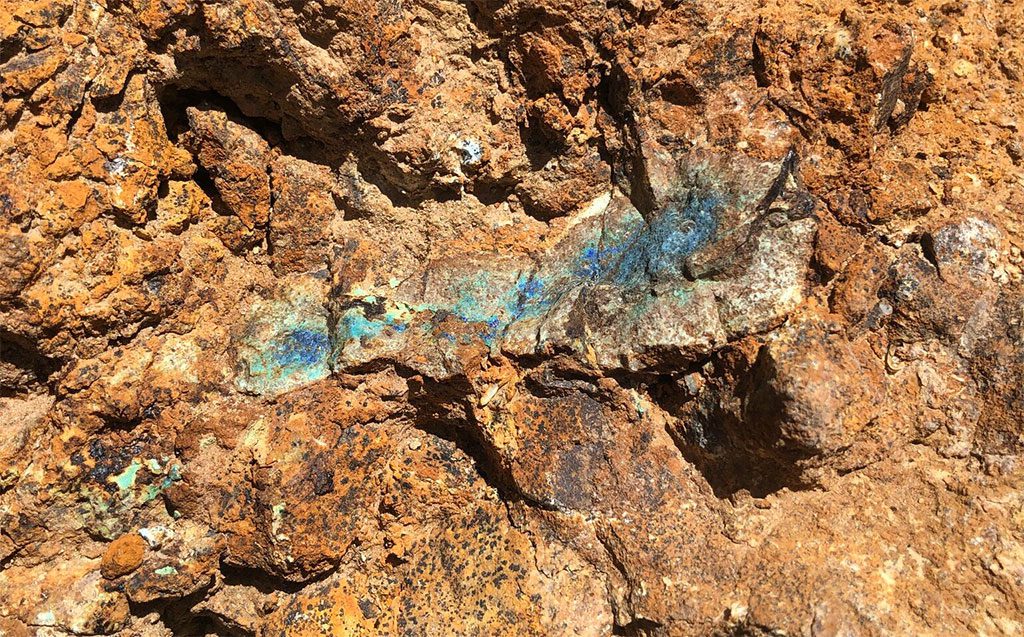
In the meantime, it has signed a strategic technology initiative with Canada Cobalt Works (TSXV: CCW) to test the latter’s proprietary Re-2OX process on mineralized material from Lovelock and Treasure Box. The technology has shown high recovery rates for multiple metals and the ability to create a compound suitable for use in battery production, and will be tested on a lab scale.
“The technology … skips the normal smelting process, which obviously is very costly, and allows recoveries of cobalt, nickel, copper and manganese, and, more importantly, removes the arsenic from the product,” Smith says. “Arsenic is often a penalty metal when it comes to the smelting process, and often can’t be transported into the downstream market.”
Smith notes a bulk sample from Lovelock and Treasure Box was sent a few weeks ago to SGS Lakefield’s lab, where Canada Cobalt Works’ one-step, leach-extraction process will test on crushed material.
“Canada Cobalt Works was able to show they could produce a battery-grade
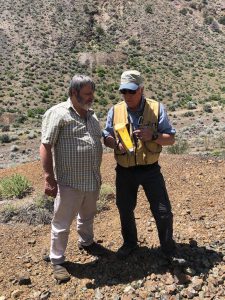
Under the deal, CCW, formerly Castle Silver Resources, will also take an equity position in Global Energy Metals, subscribing for 2 million units at 7.5¢ per unit for total proceeds of $150,000. Each unit will consist of one share and one transferable share-purchase warrant, entitling the holder to acquire a share at an exercise price of 10¢ per share for 36 months from the closing date.
Outside the U.S., Global Energy Metals is in the final stages of acquiring the Millennium cobalt project in Queensland, Australia, as well as the nearby Mt. Dorothy and Cobalt Ridge projects from Hammer Metals.
The three projects are collectively called the Mt. Isa project, which Smith describes as “one of the largest and most exciting exploration cobalt packages in Australia.”
Millennium is a multi-zone, near-surface, cobalt-copper sulphide system with two zones (Millennium South and North) that are open at depth and along strike to the north. Millennium covers a sulphide-rich, mineralized zone containing cobalt, copper and gold.
Last year the company announced a series of long and wide intercepts of high-grade cobalt from first-phase assays at Millennium. The 10-hole, 1,141-metre drill campaign was designed to test the up-dip continuity at the Millennium North zone and confirm historic estimates of cobalt mineralization reported by Hammer Metals in 2016.
Drill hole 10 returned 41 metres grading 0.18% cobalt, 0.22% copper, 0.11 gram gold per tonne and 0.34 gram silver per tonne for 0.20% cobalt-equivalent, starting from 14 metres’ depth, including a 1-metre intercept grading 1.85% cobalt, 0.19% copper, 0.42 gram gold per tonne and 0.70 gram silver for a 1.89% cobalt-equivalent grade.
Hammer Metals completed a Joint Ore Reserves Committee-compliant resource of 3.1 million inferred tonnes grading 0.14% cobalt, 0.34% copper and 0.12 gram gold.
“There is a very strong opportunity to increase the resource,” Smith says, noting that after acquiring 100% of the project, the next step is an exploration program, and to update the resource to National Instrument 43-101-compliant standards.
Millennium, if put into production, would be an open-pit operation. “The resource is relatively shallow, it’s within 200 metres of surface — the deepest we’ve drilled is a couple hundred metres — and it’s open at depth and along strike, and we think there’s excellent potential to extend the known mineralized structure to the north and east,” he says.
Mt. Dorothy, 20 km from Millennium, and Cobalt Ridge, 40 km from Millennium, are early-stage projects.
“There was some historic drilling done at Mt. Dorothy that resulted
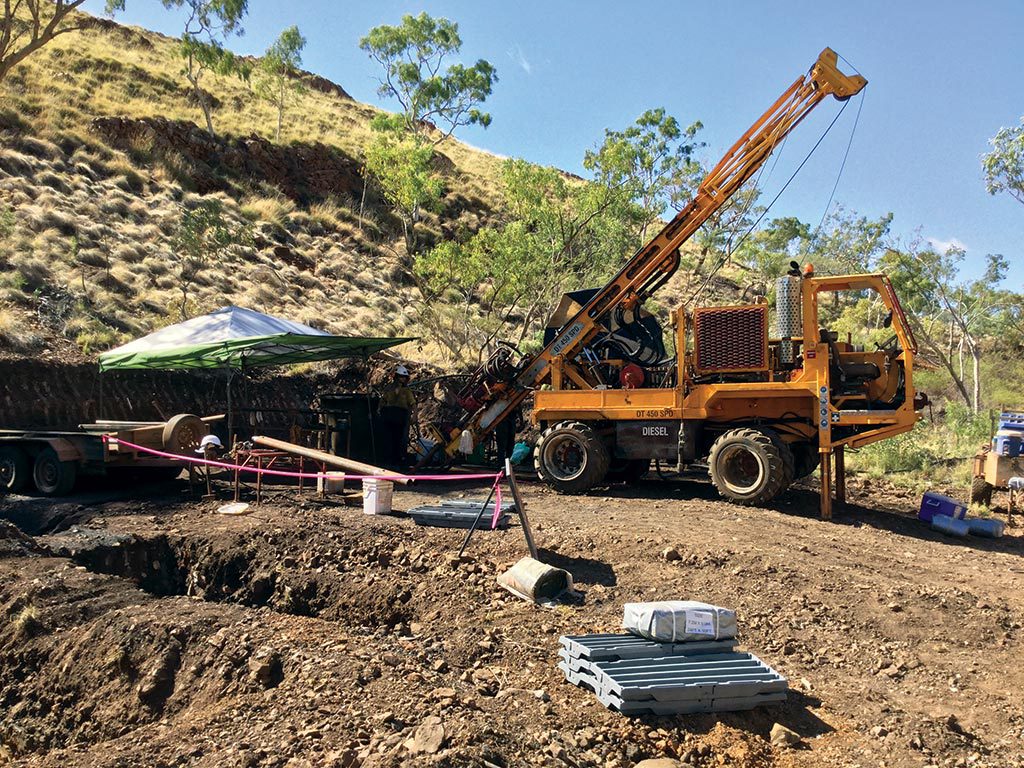
Highlights from exploration drilling at Mt. Dorothy returned 7 metres grading 0.14% cobalt and 2.55% copper, and rock-chip sampling at Cobalt Ridge delivered 0.31% cobalt, 3.63% copper and 1.25 grams gold.
The company is funded but will have to raise money for development of the Millennium project, likely before year-end.
“Millennium was first discovered as a copper project, and there has been significant work done historically, but like many projects, it was never explored for cobalt,” Smith says. “We did some extensive work on it last year and came back with results that exceeded our expectations in terms of grade and potential to increase the resource size, and step out from what we call the known zones … we also did some metallurgical work, and recoveries were 95% for both copper and cobalt.”
In addition to its projects in Australia, the company owns the Werner Lake cobalt project near Kenora, Ontario. Werner is a legacy asset that the company used as its qualifying transaction on the TSX Venture
This story first appeared in The Northern Miner.
More News
First Quantum pulls back from arbitration on Panama copper mine
Signals potential for more negotiations with the nation over the Cobre Panama mine that’s been shuttered for more than a year.
March 31, 2025 | 04:30 pm
Freeport-McMoRan lowers first-quarter gold sales forecast
The company said it expects first-quarter gold sales to be roughly 100,000 ounces below its prior forecast of 225,000 ounces.
March 31, 2025 | 03:41 pm
{{ commodity.name }}
{{ post.title }}
{{ post.excerpt }}
{{ post.date }}

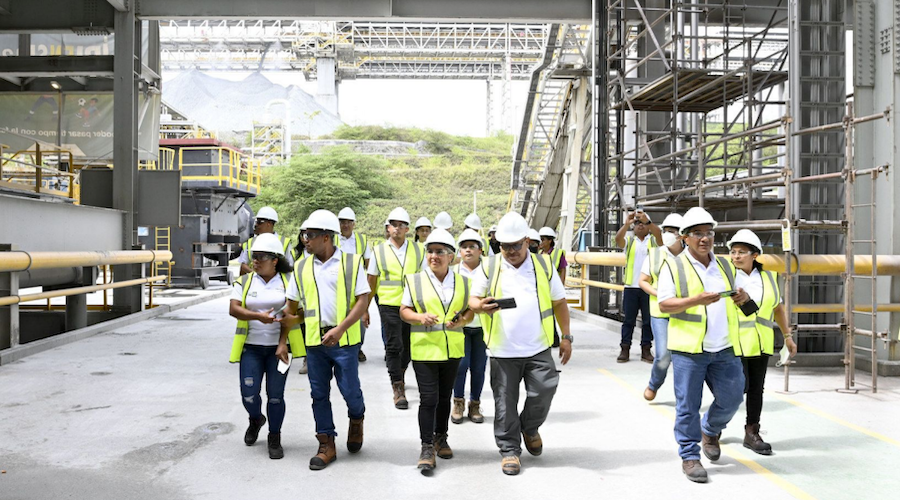
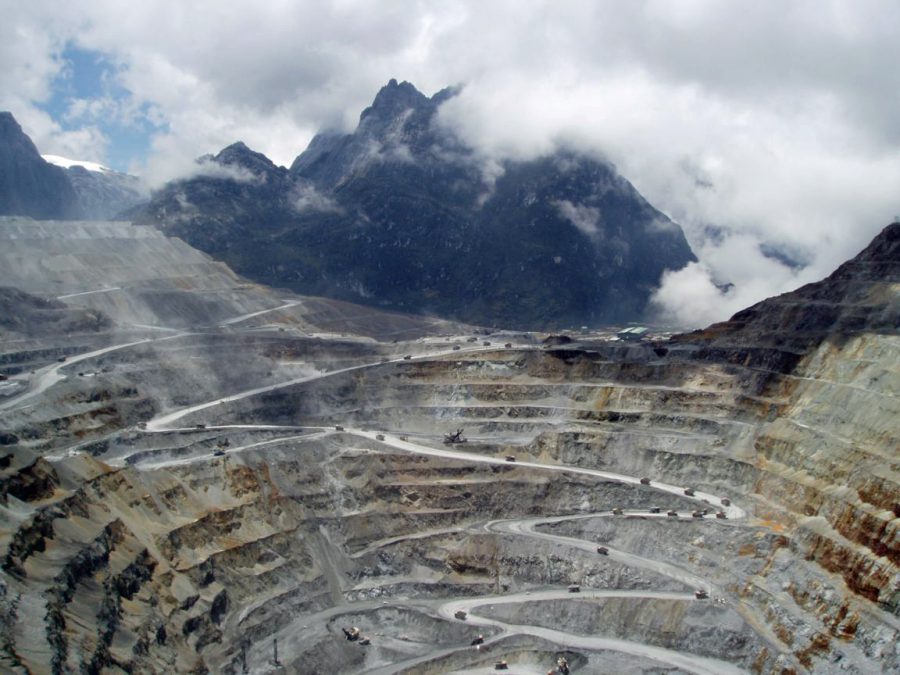
Comments